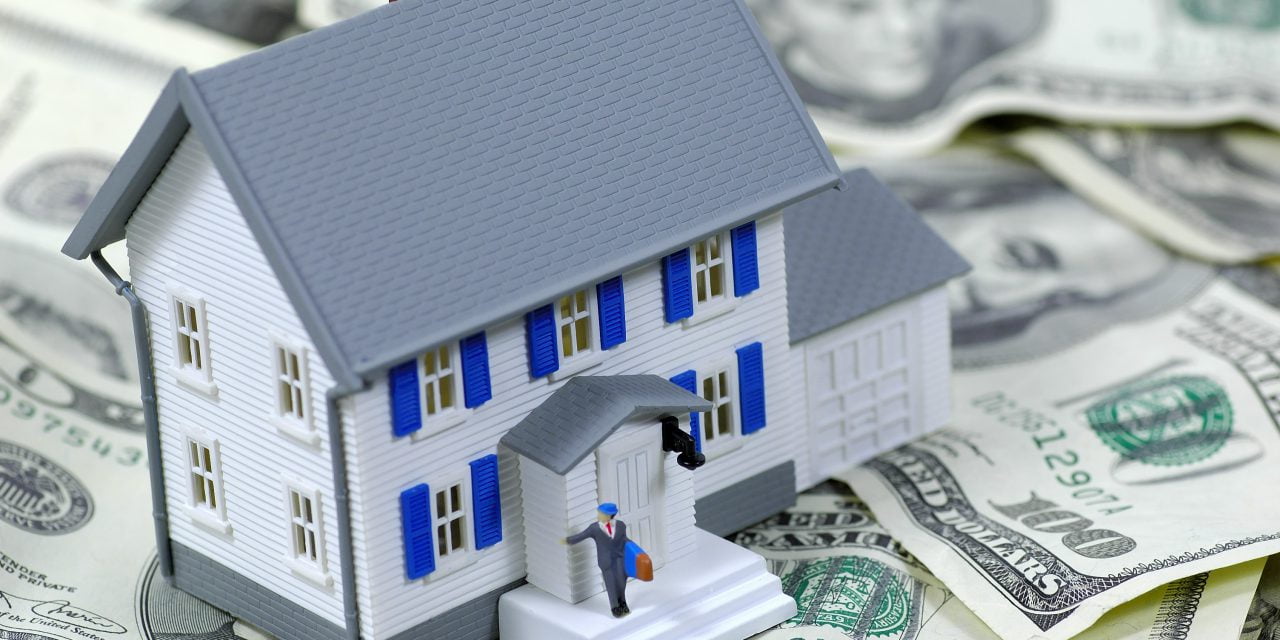Question: Why are so many homes priced inaccurately?
Answer: In our observation of the current real estate market we have found accurate pricing and valuation to be an issue involving many parties.
First is the seller, who recalls the pre-recession value of his property and wishes to find a buyer who will pay that high price. However, the reality of the current California market is the supply of homes greatly outweighs the demand of buyers. In this “buyer’s market” the buyer dominates the price conversation. Buyers don’t tolerate overpriced homes because they don’t have to. There are plenty of homes on the market and they are bound to find one at whatever price they want to pay.
Those who purchased homes right after the Millennium Boom housing peak in 2006 overprice their properties relative to the estimated fair market value (FMV) by a national average of 14%, according to a report by Zillow. An overpriced home will languish on the market, often to the surprise of the homeowner. This “sticky pricing syndrome” can be remedied by a seller’s agent who provides sufficient counseling on listing prices and an accurate broker price opinion (BPO). [For more information regarding sticky pricing, see the July 2011 first tuesday article, Budging from sticky pricing (or not).]
The next party involved in pricing is the appraiser and lender. Appraisers hired by lenders use both comparable sales and recent market trends to arrive at a price at or near the property’s FMV. Real estate owned (REO) properties are a current inventory factor that is taken into account. These appraisers are partnered with lenders and set the maximum price a buyer should pay or a lender should lend — not the price a seller wants. They do not work for the benefit of the seller.
Agents working with a seller who refuses to budge from sticky pricing will see the property flounder and waste ample time and effort. The reality of the current market is the buyer’s price will prevail. The market will correct itself when sellers drop their price, making room for a pick up in demand/buyers. [For more information regarding how sticky pricing affects market recovery, see the December 2009 first tuesday article, The flat line recovery: a side-effect of sticky housing prices.]

















